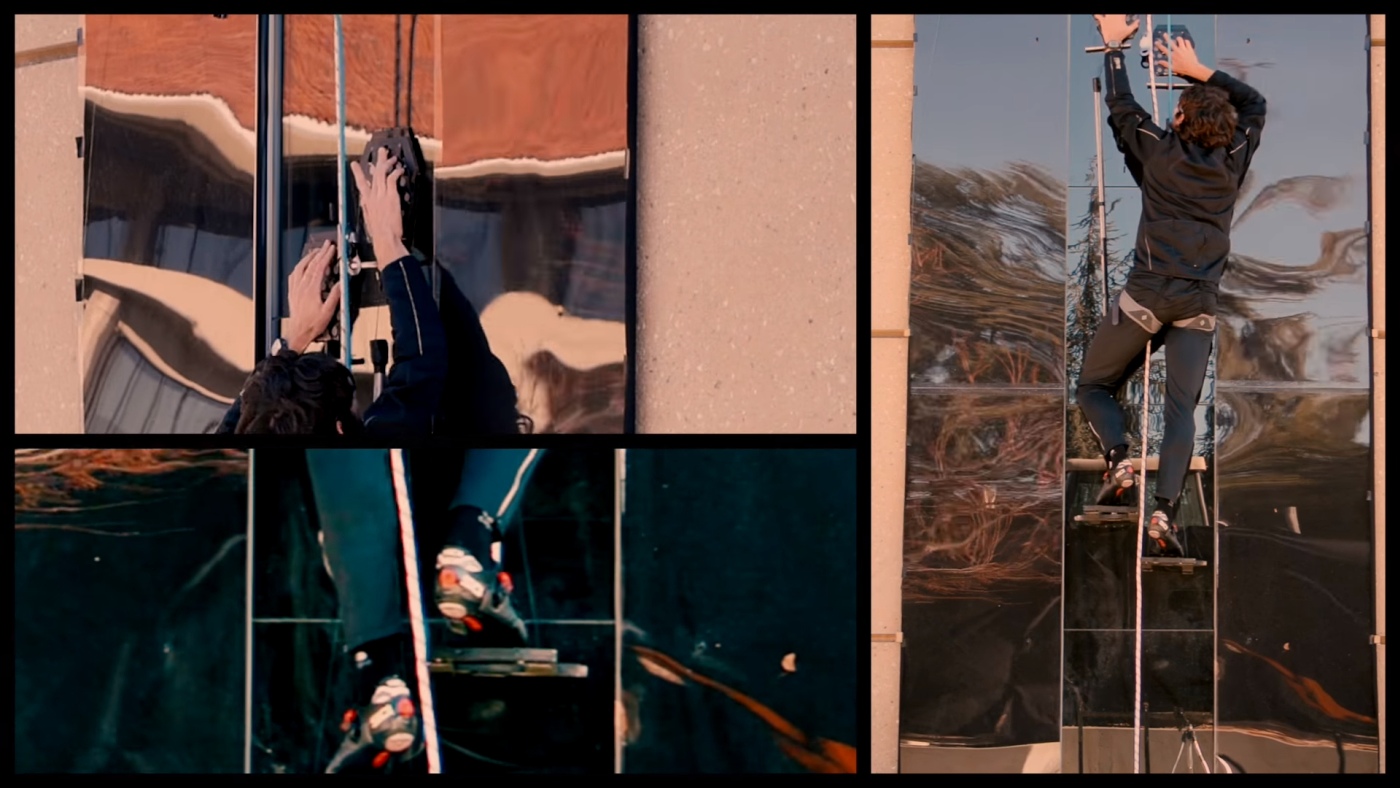
We have all heard of the lizard’s tail which it leaves detached when trying to escape its predators. Yet did you know that there is a particular type of gecko that can even detach its scales so that...
 Mozilla's Firefox OS isn't strictly speaking dead, but it may as well be as far as smartphones are concerned. The company announced via email that it would stop supporting the mobile OS after releasing Firefox OS 2.6 (currently slated for the end of...
Mozilla's Firefox OS isn't strictly speaking dead, but it may as well be as far as smartphones are concerned. The company announced via email that it would stop supporting the mobile OS after releasing Firefox OS 2.6 (currently slated for the end of...
 Never let anyone crush your dreams. Last week the results of a University of Cambridge study spread through the news, claiming that the dream of Spider-Man-like abilities for humans is simply impossible. By their reasoning, sticky pads need to scale...
Never let anyone crush your dreams. Last week the results of a University of Cambridge study spread through the news, claiming that the dream of Spider-Man-like abilities for humans is simply impossible. By their reasoning, sticky pads need to scale...
A few years ago we saw a prototype for a robot with gecko-like pads, allowing it to stick to and move on uneven and vertical surfaces. A group of Stanford students made two robots with the same inspiration, but this time instead of settling for wall-climbing, these tiny robots are designed to drag objects that are a hundred to two thousand times their own weight.
Stanford students David Christensen, Elliot Hawkes, Arul Suresh and Karen Ladenheim developed what they call µTugs or MicroTugs. The robots’ sticky power comes from a pad of foam with microscopic teeth. The teeth makes the robot stick only when it’s being pulled in one direction. This allows the robot to pull large loads yet lift itself forward without being marooned by the adhesive.
The group made two types of MicroTugs. The first type drags loads up to 2,000 times heavier on a horizontal surface, “the equivalent of a human adult dragging a blue whale around on land.” The video below also shows other variants of the robot:
The second main type of MicroTugs can pull objects up to 100 times its weight along a vertical surface, “equivalent to a human climbing up a skyscraper while carrying an elephant.” The video below also explains how the robots’ adhesive works:
The engineers hope that their research will lead to swarms of robots that can move extremely heavy objects. Because of their power, the robots can easily be saddled with additional hardware, such as sensors that enable them to react to their surroundings and switches that let them move objects in more than one direction. I wonder if the adhesive can be incorporated into human equipment as well, like boots or vehicles. Head to Stanford University’s Biomimetics and Dexterous Manipulation Lab page for more on the MicroTugs.
[via New Scientist via Laughing Squid]
What you see above isn't a fancy pick -- it's a gesture control peripheral called Gecko designed to do a lot more than strum a guitar. According to its creators, each action the coin-sized gadget makes can correspond to a phone function, so long as the two are connected via Bluetooth. You could, for instance, configure your device loaded with the accompanying iOS or Android app to make an emergency call whenever you shake Gecko once. However, they claim that it also has many potential offbeat uses, such as notifying you when someone moves your bag or helping you find lost pets, kids or, worse, keys. Of course, that'll only work if you tag your items with it, but anyone with a hyperactive five-year-old wouldn't mind improvising a necklace out of it. Don't expect to find one at a local mall, though -- Gecko's merely an Indiegogo project at the moment, hoping to raise $50,000 to start mass production.
Source: Indiegogo
While most of its energy is focused on the XO-4 Touch, the One Laptop Per Child project is swinging into full gear for software, too. The project team has just posted an OS 12.1.0 update that sweetens the Sugar for at least present-day XO units. As of this latest revamp, text-to-speech is woven into the interface and vocalizes any selectable text -- a big help for students that are more comfortable speaking their language than reading it. USB video output has been given its own lift through support for more ubiquitous DisplayLink adapters. If you're looking for the majority of changes, however, they're under-the-hood tweaks to bring the OLPC architecture up to snuff. Upgrades to GTK3+ and GNOME 3.4 help, but we're primarily noticing a shift from Mozilla's web engine to WebKit for browsing: although the OLPC crew may have been forced to swap code because of Mozilla's policies on third-party apps, it's promising a much faster and more Sugar-tinged web experience as part of the switch. While they're not the same as getting an XO-3 tablet, the upgrades found at the source link are big enough that classrooms (and the occasional individual) will be glad they held on to that early XO model.
Filed under: Laptops, Software
OLPC delivers big OS update with text-to-speech, DisplayLink and WebKit originally appeared on Engadget on Sun, 02 Sep 2012 02:58:00 EDT. Please see our terms for use of feeds.
Permalink Phoronix |
Phoronix |  OLPC Wiki | Email this | Comments
OLPC Wiki | Email this | Comments